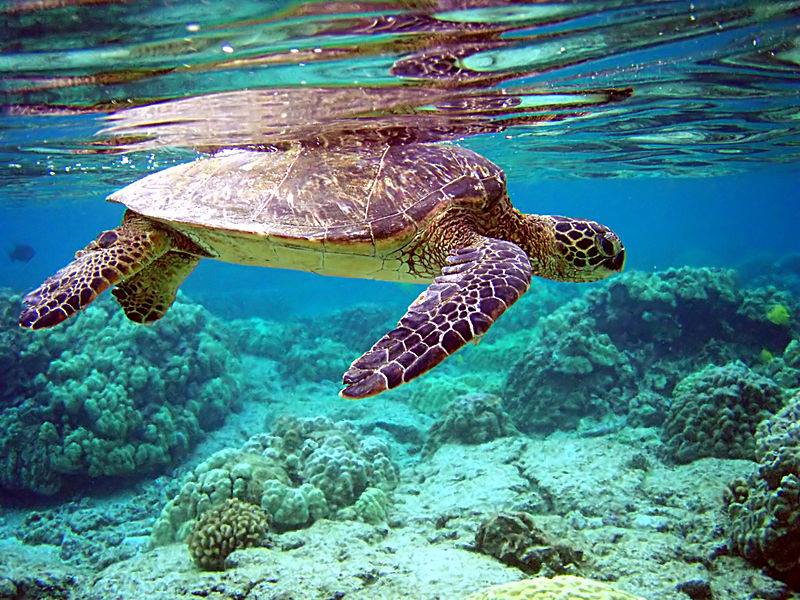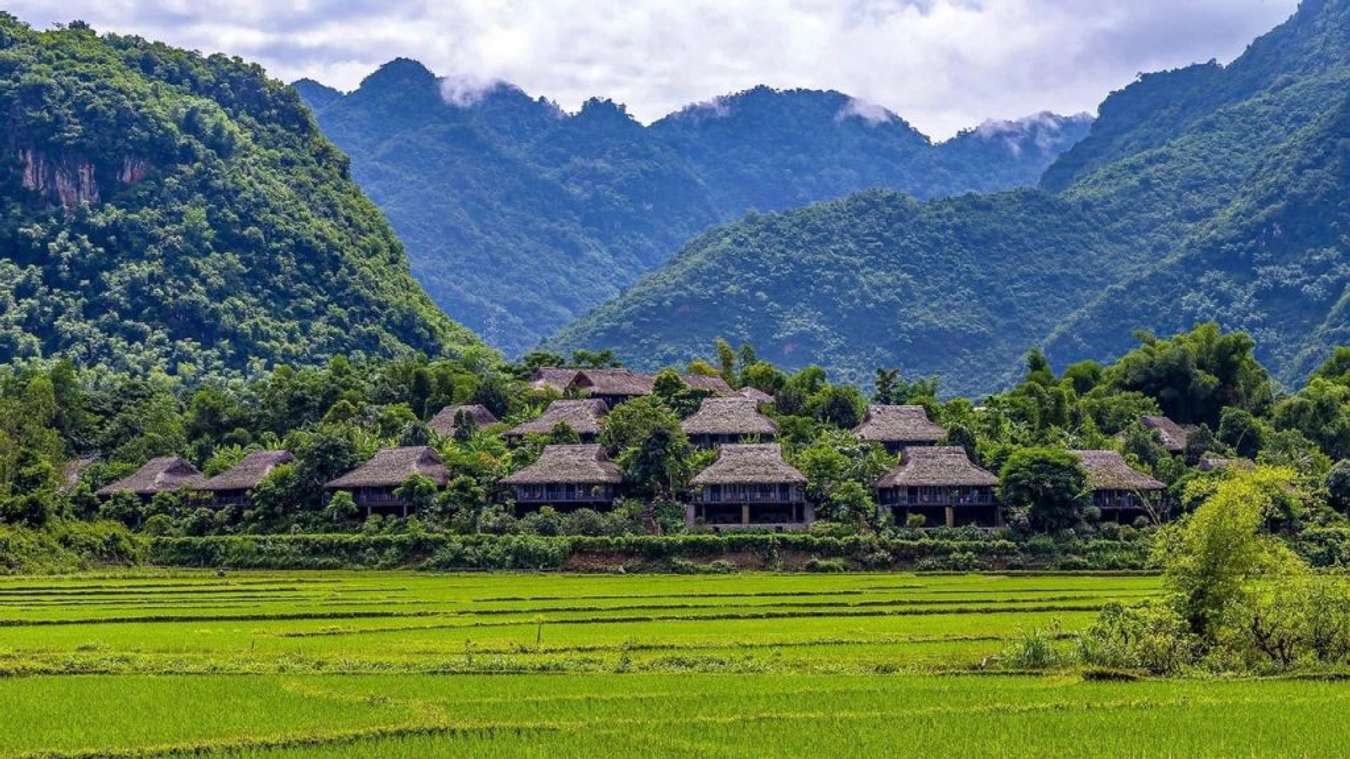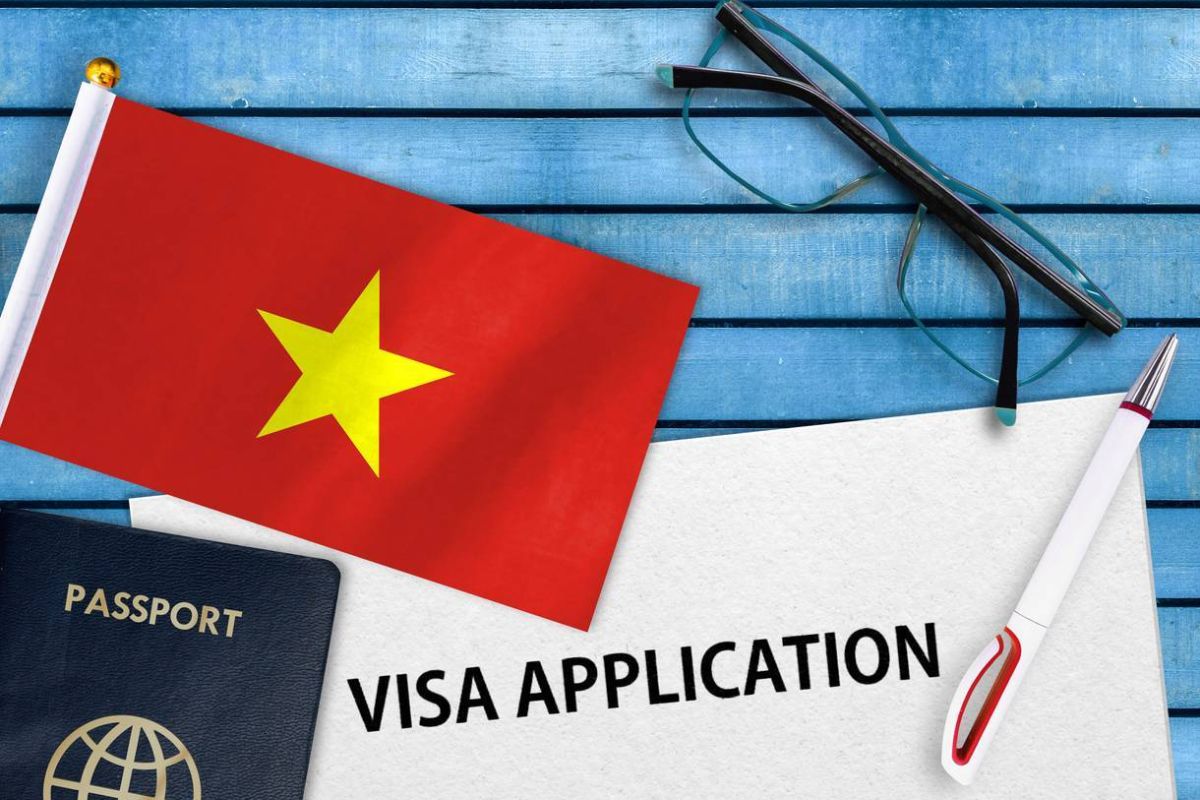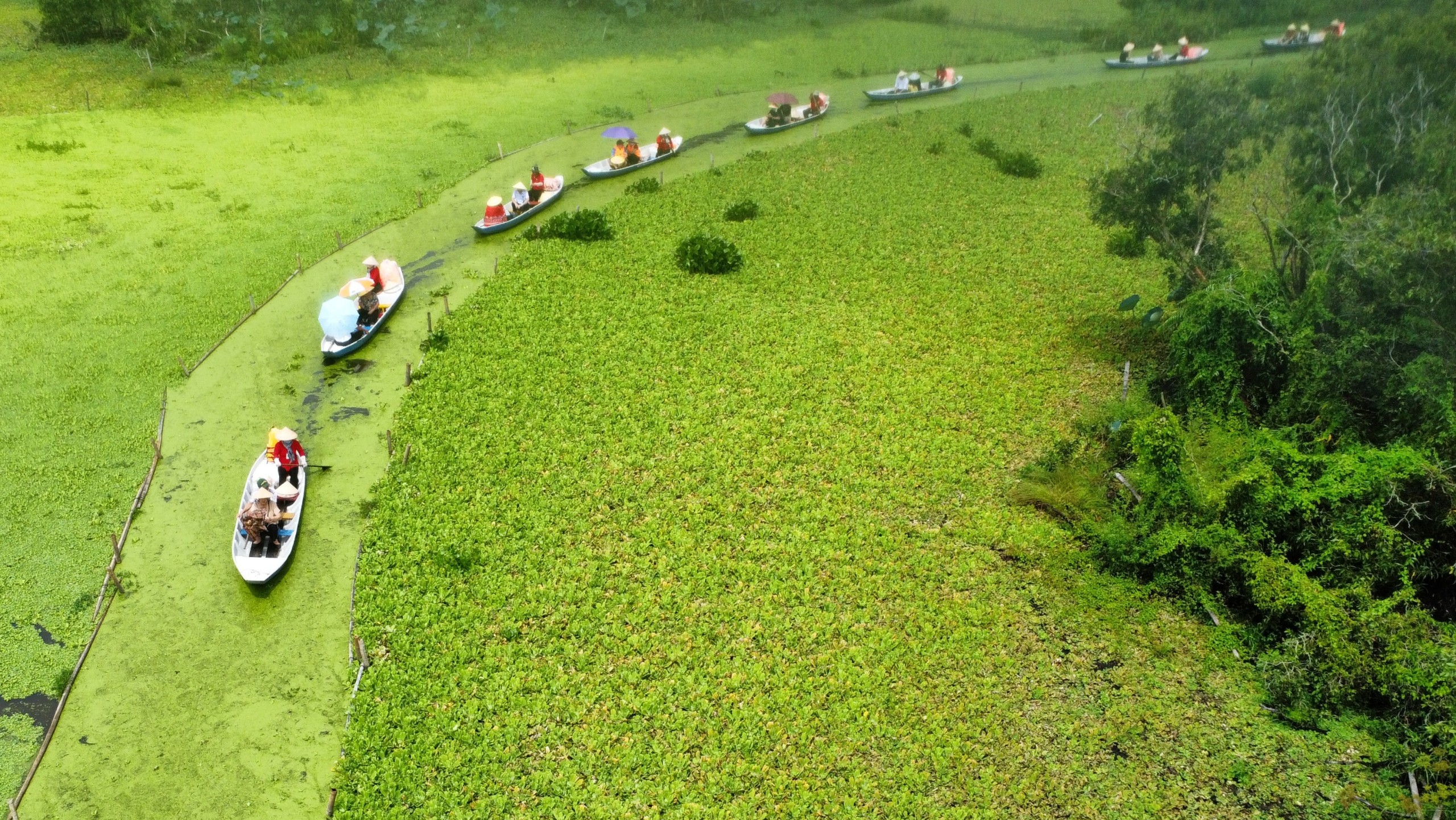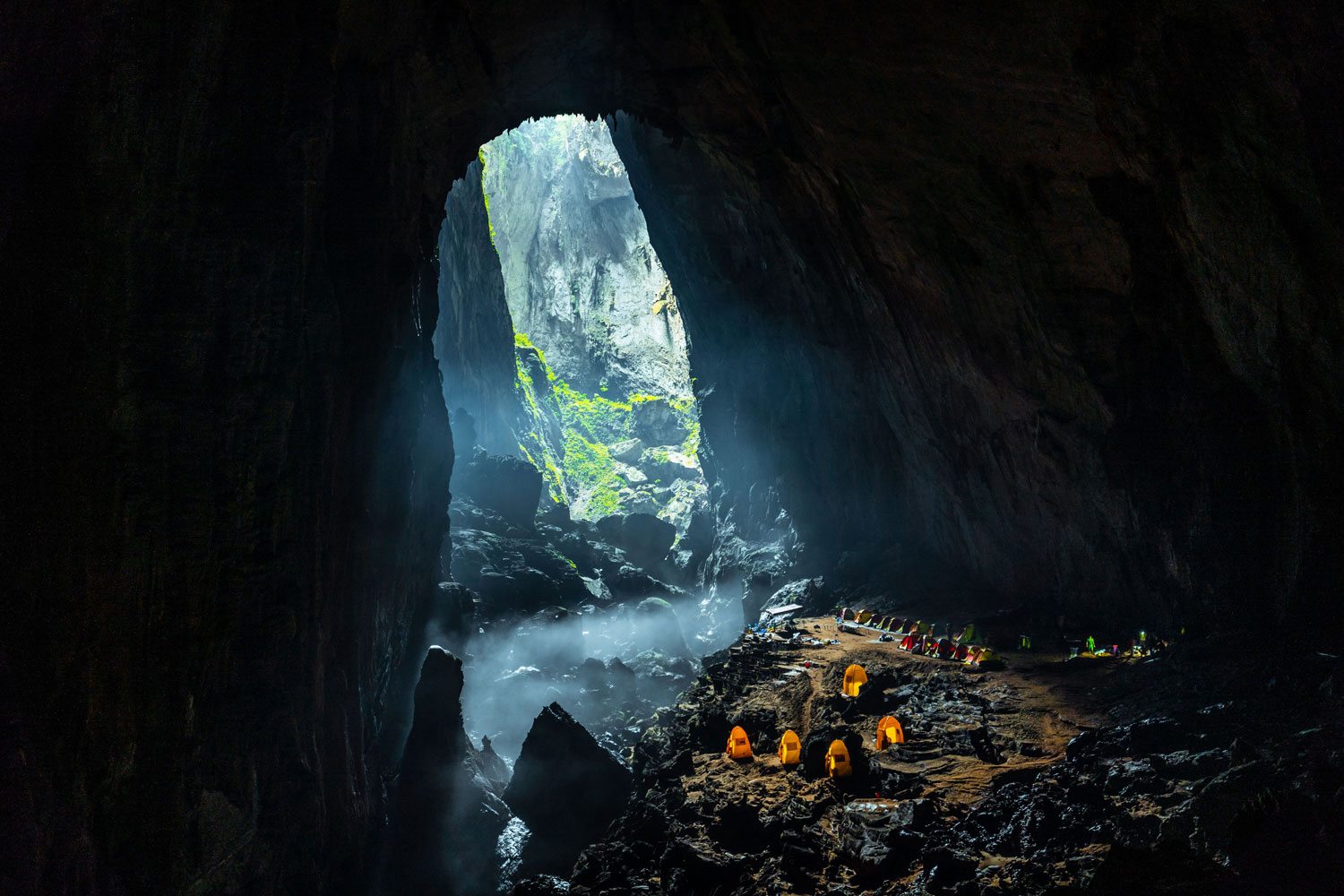Sapa, a picturesque town in the Hoang Lien Son mountains of northern Vietnam, is a paradise for trekkers and nature lovers. Famous for its stunning terraced rice fields, vibrant ethnic cultures, and the highest peak in Indochina, Mount Fansipan, Sapa offers an unforgettable adventure. This guide will help you plan your trekking expedition and immerse yourself in the beauty of this unique region.
The Allure of Sapa

Sapa’s dramatic landscapes are a sight to behold. The terraced rice fields, carved into the mountainside by generations of ethnic minority farmers, create a patchwork of green and gold that changes with the seasons. The region is also home to a rich diversity of ethnic minority groups, including the Hmong, Dao, and Tay people, each with their own distinct culture, language, and traditions.
Planning Your Trek
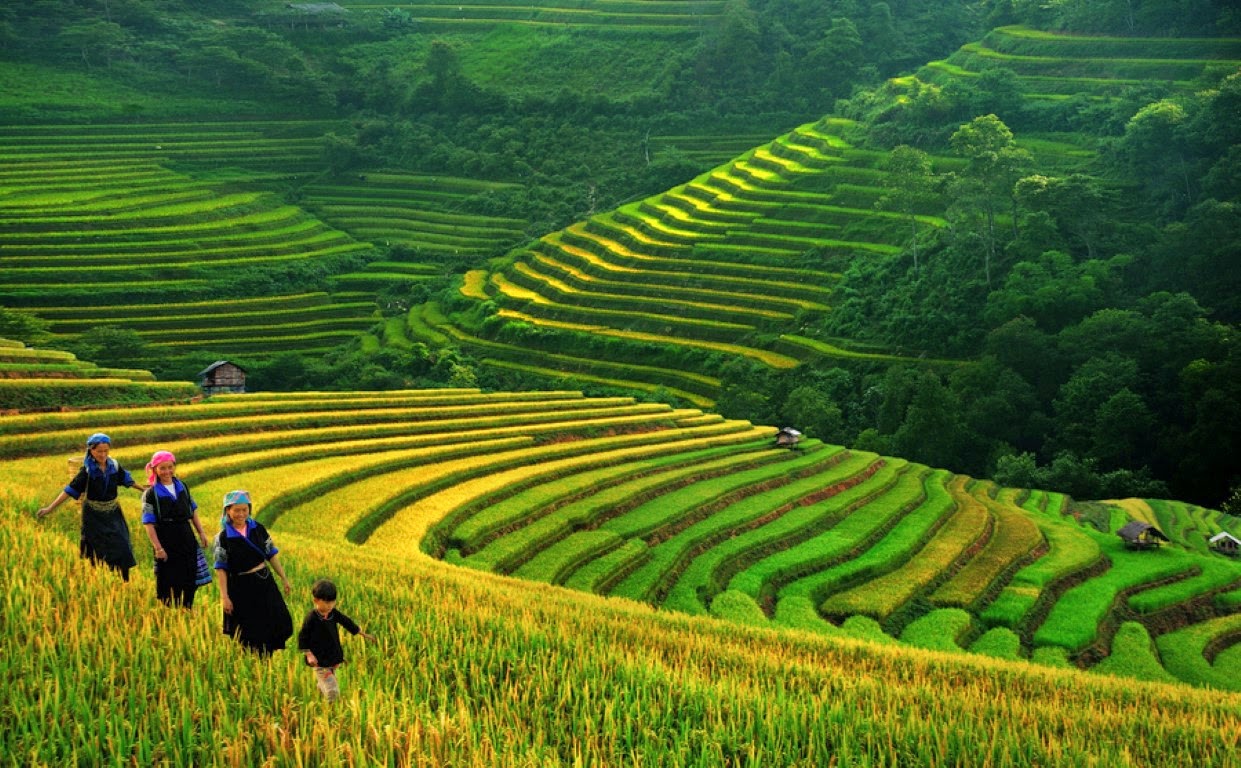
There are a variety of trekking options in Sapa, from easy half-day walks to challenging multi-day expeditions. The best way to experience the region is to hire a local guide, who can lead you through the rice terraces, introduce you to the local culture, and arrange for you to stay in a homestay with a local family.
Trekking Routes:
Cat Cat Village (Easy): A short trek to a traditional Hmong village, with a beautiful waterfall and opportunities to learn about the local culture.

Muong Hoa Valley (Moderate): A longer trek through the stunning Muong Hoa Valley, with its terraced rice fields, ancient rock carvings, and traditional villages.
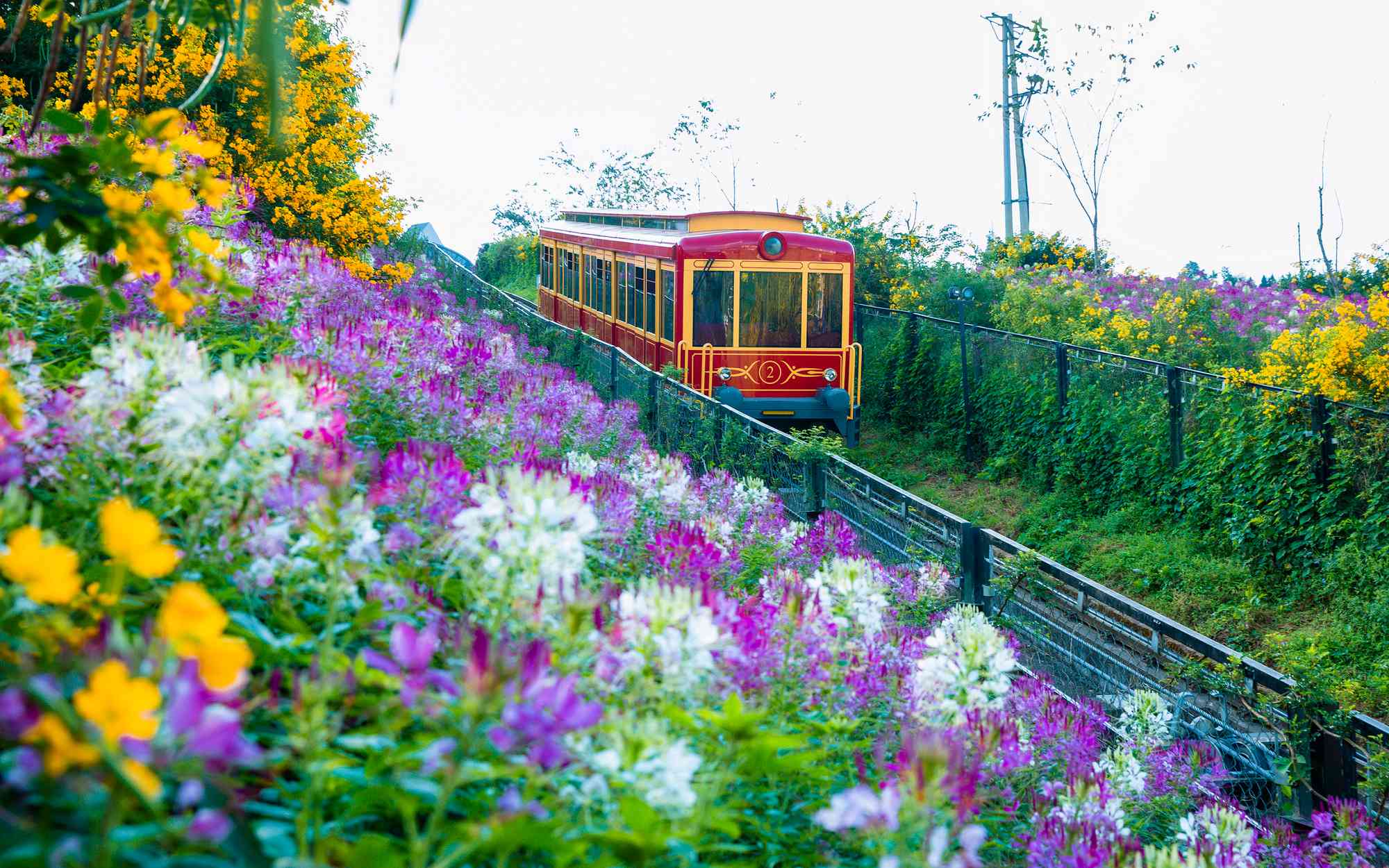
Mount Fansipan (Challenging): A two-day trek to the summit of Mount Fansipan, the “Roof of Indochina.” This trek is only for experienced hikers and requires a guide and proper equipment.
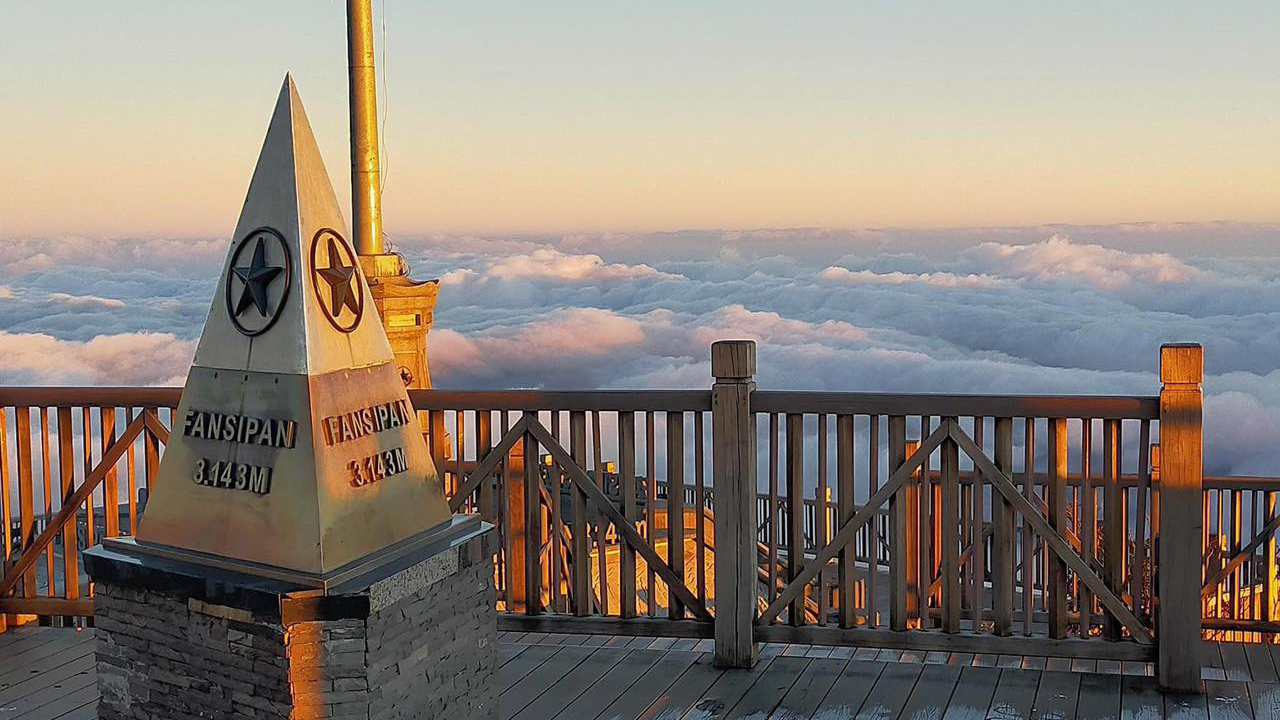
What to Pack
Good hiking shoes: You’ll be doing a lot of walking, so make sure you have a comfortable and sturdy pair of shoes.
Warm clothing: The weather in Sapa can be cool, especially at night, so be sure to pack warm layers.
Rain gear: It can rain at any time of year in Sapa, so a waterproof jacket and pants are essential.
Sunscreen, sunglasses, and a hat: The sun can be strong, even on cloudy days.
Insect repellent: There are mosquitoes and other insects in Sapa, so be sure to pack insect repellent.
Best Time to Visit
The best time to visit Sapa is from March to May or from September to November, when the weather is dry and the rice terraces are at their most beautiful. The summer months (June to August) can be rainy, and the winter months (December to February) can be cold and foggy.

Conclusion
Sapa is a destination that will captivate you with its natural beauty, rich culture, and warm hospitality. Whether you’re an experienced trekker or a casual walker, a trip to Sapa is an experience that you’ll never forget. So lace up your hiking boots and get ready to explore the stunning landscapes of northern Vietnam.


